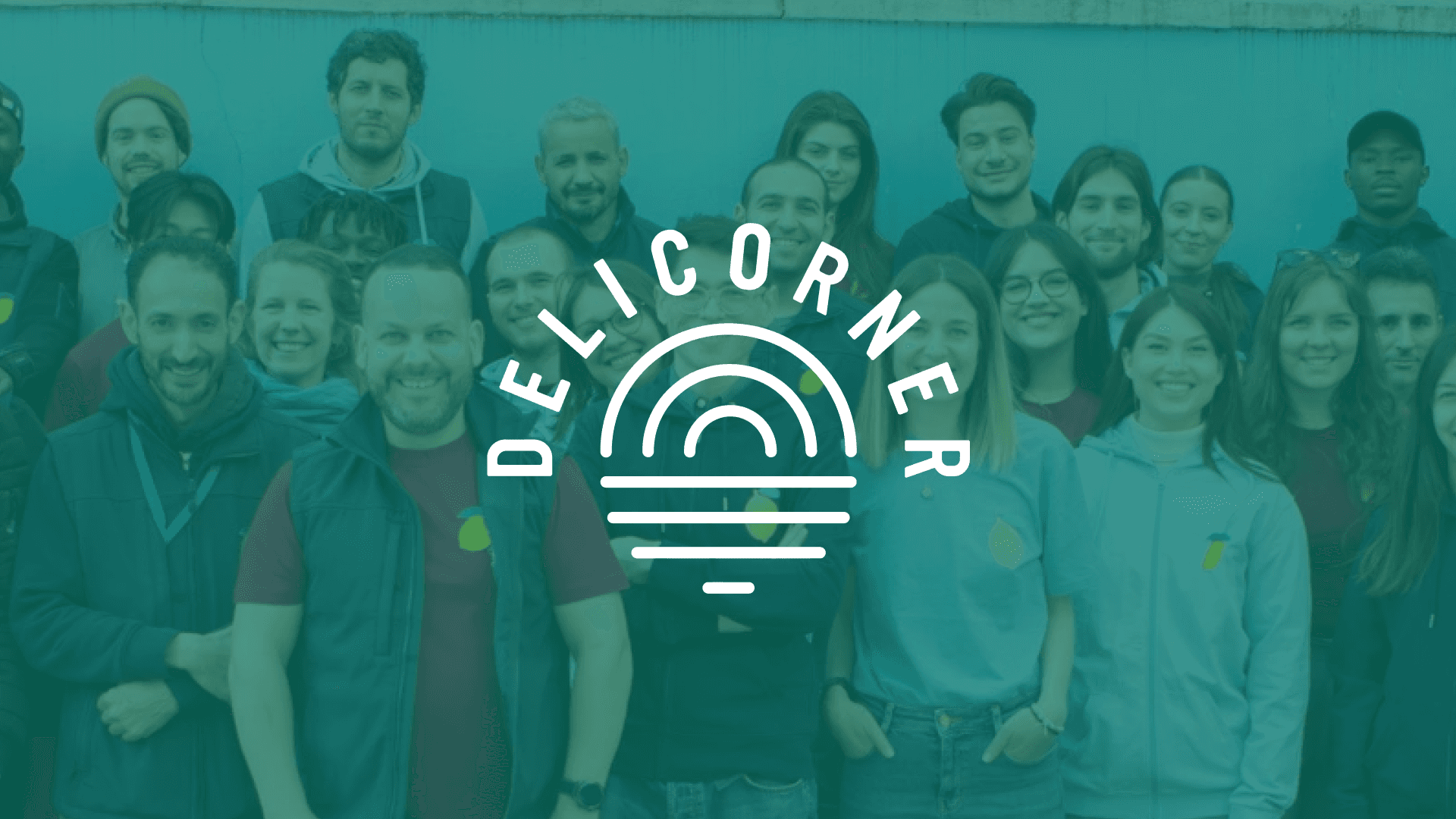Finding the Perfect Balance: High-Touch vs. Low-Touch Customer Success Models
How can you find the perfect balance between high-touch and low-touch customer success models? It's a question many businesses grapple with. The right approach can significantly boost customer satisfaction and retention. In this article, we'll explore the high-touch vs. low-touch debate to determine which model best fits your product and customer needs. Let's find the optimal customer success strategy for your business!
Difference between High-Touch and Low-Touch customer success models
The basics of customer success models
Customer success models are critical frameworks that help companies ensure their clients derive maximum value from their products or services. Understanding these models is essential for any Customer Success Manager, especially in sectors like tech where customer satisfaction is paramount. Primarily, customer success models can be categorized into high-touch and low-touch approaches. Each has its own methodologies, advantages, and challenges.
What is a High-Touch customer success model?
The high-touch customer success model is characterized by its personalized approach. In this model, Customer Success Managers (CSMs) actively engage with clients, offering tailored solutions and frequent check-ins. This approach is ideal for businesses dealing with high-value accounts or complex products where the customer might need continuous support.
Advantages of High-Touch models
- Personalized Support: Customers receive individualized attention that can lead to higher satisfaction and retention.
- Proactive Problem-Solving: Frequent interactions allow CSMs to identify and resolve issues before they escalate.
- Strong Relationships: Personalized engagement builds trust and fosters long-term client relationships.
Challenges of High-Touch models
- Resource-Intensive: Requires significant investment in personnel and time.
- Scalability Issues: Not suitable for businesses with a large customer base due to the high-maintenance nature.
- High Costs: Can be expensive, particularly for startups or smaller companies.
Understanding the Low-Touch customer success model
In contrast, the low-touch customer success model relies more on automation and self-service resources. This model is best suited for companies with a vast customer base or those offering simpler products. Here, CSMs engage with clients less frequently, focusing instead on providing scalable solutions.
Advantages of Low-Touch models
- Scalability: Can efficiently manage a large number of clients with fewer resources.
- Cost-Effective: Lower operational costs compared to high-touch models.
- Efficiency: Makes use of technology to streamline processes and improve customer interactions.
Challenges of Low-Touch models
Limited Personalization: Lack of one-on-one interaction might lead to lower customer satisfaction.
- Reactive Support: Often focuses on solving issues once they arise rather than preventing them.
- Potential Disconnect: Automation and self-service tools can sometimes create a barrier between the company and its customers.
Key Differences Between High-Touch and Low-Touch Models
Several key differences distinguish high-touch from low-touch customer success models:
Interaction Level: High-touch involves frequent, personalized interactions, while low-touch centers on automation and self-service.
Resource Allocation: High-touch models require more human resources and time investment compared to low-touch models that rely on technological solutions.
Customer Needs: High-touch is suitable for complex products and high-value clients, whereas low-touch fits simpler products and a broader customer base.
Scalability: Low-touch models are inherently more scalable, making them ideal for growing businesses.
Determining the right customer success approach for your product
Selecting the ideal customer success model for your product involves assessing several factors:
- Product complexity: Highly complex products may benefit from a high-touch or hybrid approach.
- Customer base size: Large and diverse customer bases often necessitate low-touch strategies to maintain scalability.
- Price point: Higher-priced products typically justify the investment in high-touch customer success.
- Customer needs and expectations: Understanding your customers' needs and expectations can guide the choice of the appropriate model.
Ultimately, the goal is to maximize customer lifetime value by ensuring they achieve their desired outcomes with your product. By carefully evaluating these factors, you can determine the most effective customer success approach and thereby enhance overall customer satisfaction and retention.
The implementation of technology, such as our product tour solution, can significantly enhance customer success efforts. These tools help customers navigate and utilize products more effectively, leading to increased satisfaction and retention. Key benefits are:
- Guided onboarding processes that reduce the learning curve.
- Interactive tutorials that enhance user engagement.
- In-app support features that provide immediate assistance.
Measuring the effectiveness of aach model
Effectiveness can be evaluated using specific metrics and methods for both models:
Customer retention rates
High retention rates indicate successful implementation of either model. A high-touch model might result in higher retention due to personalized support, while a low-touch model’s success is gauged by widespread, efficient customer self-service.
Customer satisfaction scores (CSAT)
These scores provide direct feedback from customers about their satisfaction levels. High-touch models often see higher CSATs due to tailored interactions, whereas low-touch models use these scores to identify areas for improving automation and self-service tools.
Net promoter score (NPS)
NPS measures customer loyalty and the likelihood of them promoting your product. Both models can achieve high NPS by excelling in their respective strategies: high-touch through personalized experiences, and low-touch through efficient and user-friendly solutions.
We offer an easy to setup NPS tool that will help you understand your customer's journey.
Customer churn rate
A critical indicator of model effectiveness, churn rate reveals the percentage of customers who discontinue using the product. Lower churn rates are a positive sign for both high-touch and low-touch models.
Implementing a hybrid customer success Model for maximum results
The hybrid customer success model combines elements from both high-touch and low-touch approaches, creating a balanced strategy that can cater to diverse customer needs. This model is particularly effective for scaling customer success efforts while maintaining personalized interactions for key clients. By integrating these two approaches, companies can optimize resources and drive better outcomes.
Benefits of implementing a hybrid model
Implementing a hybrid customer success model presents various advantages:
- Scalability: Balances personalized service with automation to handle a growing customer base.
- Efficiency: Allocates resources strategically to manage customer success efforts for different customer segments.
- Customization: Offers tailored services that meet the unique needs of high-value clients while providing standardized support for others.
Key components of a hybrid model
A hybrid customer success model typically includes the following elements:
- High-Touch Elements: Dedicated account managers, regular check-ins, and personalized strategies for high-value clients.
- Low-Touch Elements: Automated onboarding, scalable communication channels, and self-service resources for smaller accounts.
- Data Analytics: Utilizing customer data to identify trends, measure success, and refine strategies.
- Technology Integration: Employing tools such as CRM systems and a product tour solution to streamline and enhance customer interactions.
Strategies for implementing a hybrid model
To successfully implement a hybrid customer success model, consider these strategies:
Segment Your Customers: Categorize your customer base into distinct segments based on criteria such as value, usage, and potential growth. High-value customers may receive high-touch care, while smaller accounts benefit from automated support.
Leverage Technology: Implement robust CRM systems and integrate a product tour solution to provide onboarding and feature adoption smoothly. Automation tools can handle repetitive tasks, freeing up your team to focus on personalized interactions.
Align Team Responsibilities: Clearly define roles and responsibilities within your customer success team. Ensure that high-touch efforts are focused on strategic accounts and that automated processes effectively manage the broader customer base.
Data-Driven Decision Making: Utilize data analytics to track customer behaviors, measure engagement, and identify opportunities for intervention. Use this data to continuously refine your hybrid approach.
Challenges and considerations
While the hybrid model offers significant benefits, it also presents challenges:
- Balancing Act: Striking the right balance between high-touch and low-touch efforts can be complex and requires ongoing adjustments.
- Resource Allocation: Efficiently distributing resources between personalized and automated efforts is essential for maintaining effectiveness.
- Technology Dependence: Relying heavily on technology necessitates ensuring that your systems are reliable, secure, and well-integrated.
How to successfully transition between High-Touch and Low-Touch customer success models
The decision to transition between these models hinges on various factors, such as customer segmentation, product complexity, and resource allocation.
1. Customer Segmentation: Larger accounts or those with complex needs often benefit from high-touch models, while smaller or less complex accounts can be managed through low-touch methods.
2. Product Complexity: Products requiring extensive onboarding and training may necessitate high-touch interactions initially, transitioning to a low-touch model as customers become more self-sufficient.
3. Resource Allocation: Companies must balance the cost and time investment of high-touch models against the scalability of low-touch approaches, aligning resources with strategic priorities.
Steps to successfully transition
Transitioning between customer success models should be strategic and systematic. Here are essential steps to guide the process:
1. Assess Customer Needs: Understand the unique requirements of each customer segment to determine the appropriate level of touch needed.
2. Develop a Transition Plan: Outline a clear plan that includes timelines, responsible teams, and success metrics.
3. Leverage Technology: Utilize a [product tour solution](https://www.usejimo.com/product/product-tours) and other automation tools to provide scalable support and improve customer experience.
4. Communicate Clearly: Inform customers about the transition, explaining the benefits and how it will enhance their experience.
5. Train Your Team: Ensure that your customer success team is well-trained in both high-touch and low-touch approaches to provide consistent service quality.
6. Monitor and Iterate: Continuously monitor the effectiveness of the transition and make necessary adjustments based on customer feedback and performance data.
Balancing high-touch and low-touch customer success models is crucial for maximizing customer satisfaction and retention. Understanding the nuances of each approach and how they can be effectively combined is key to developing a strategy that fits your product and customer needs. By carefully evaluating your product complexity, customer base, and available resources, you can implement a tailored customer success model that drives optimal results. Whether you choose a high-touch, low-touch, or hybrid approach, leveraging the right technology and continuously refining your strategy will help you achieve long-term success and keep your customers happy and engaged.





